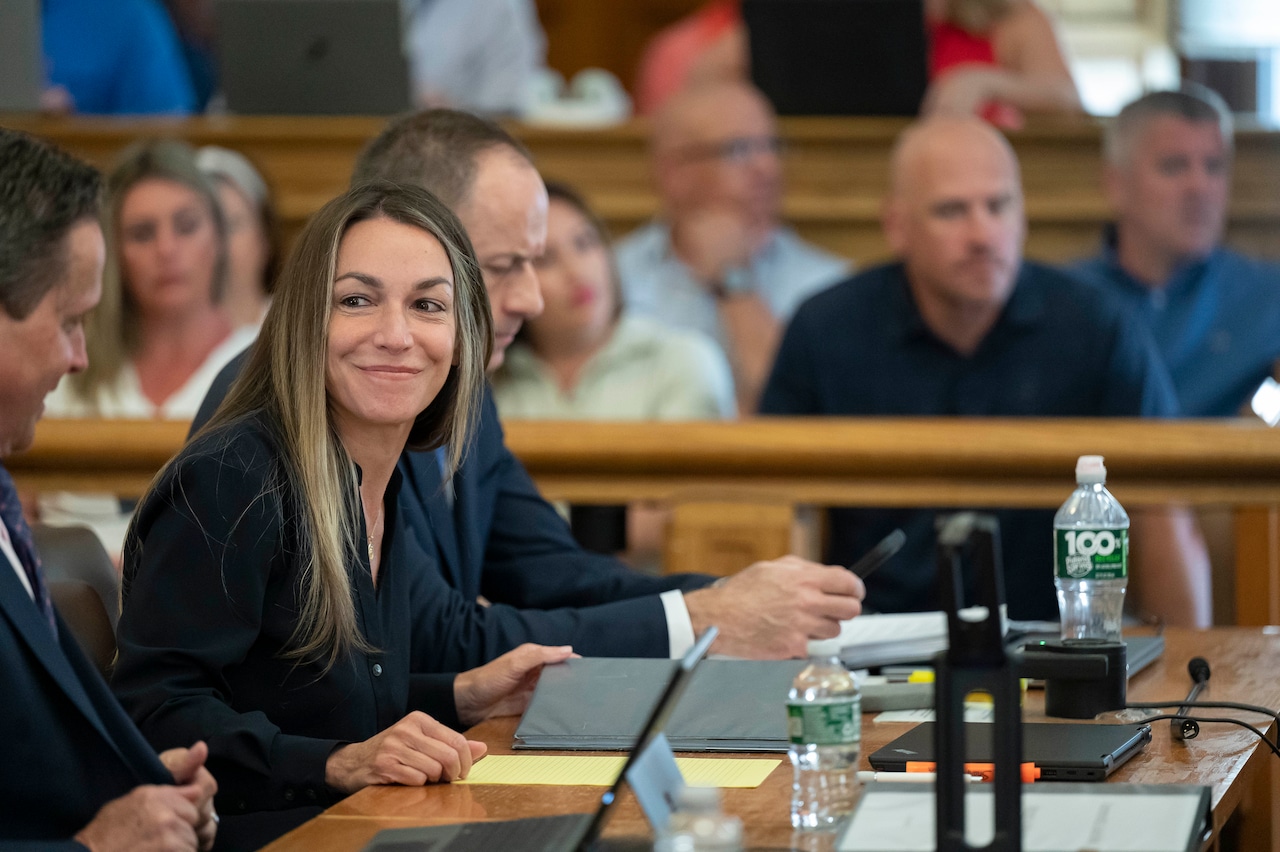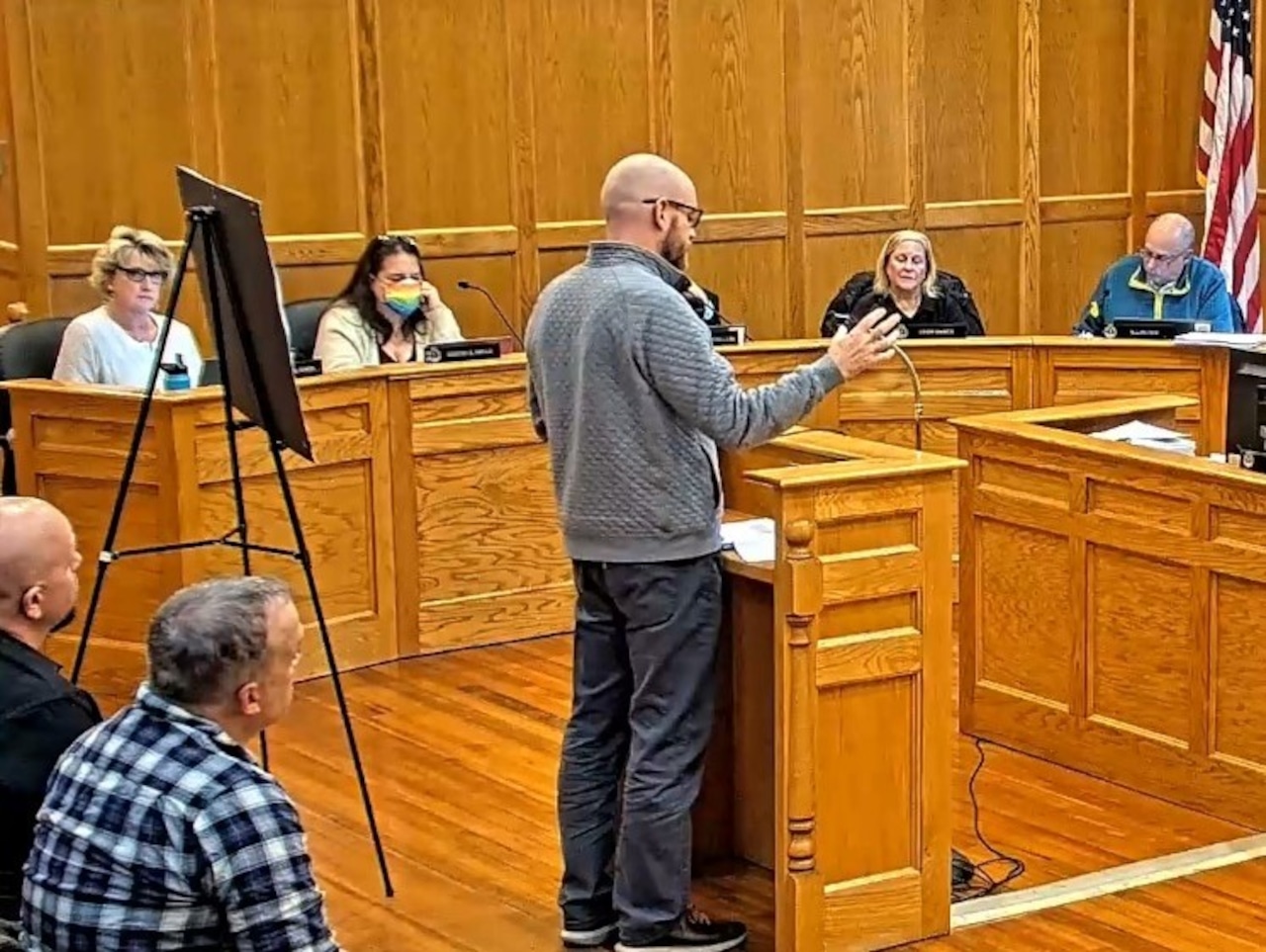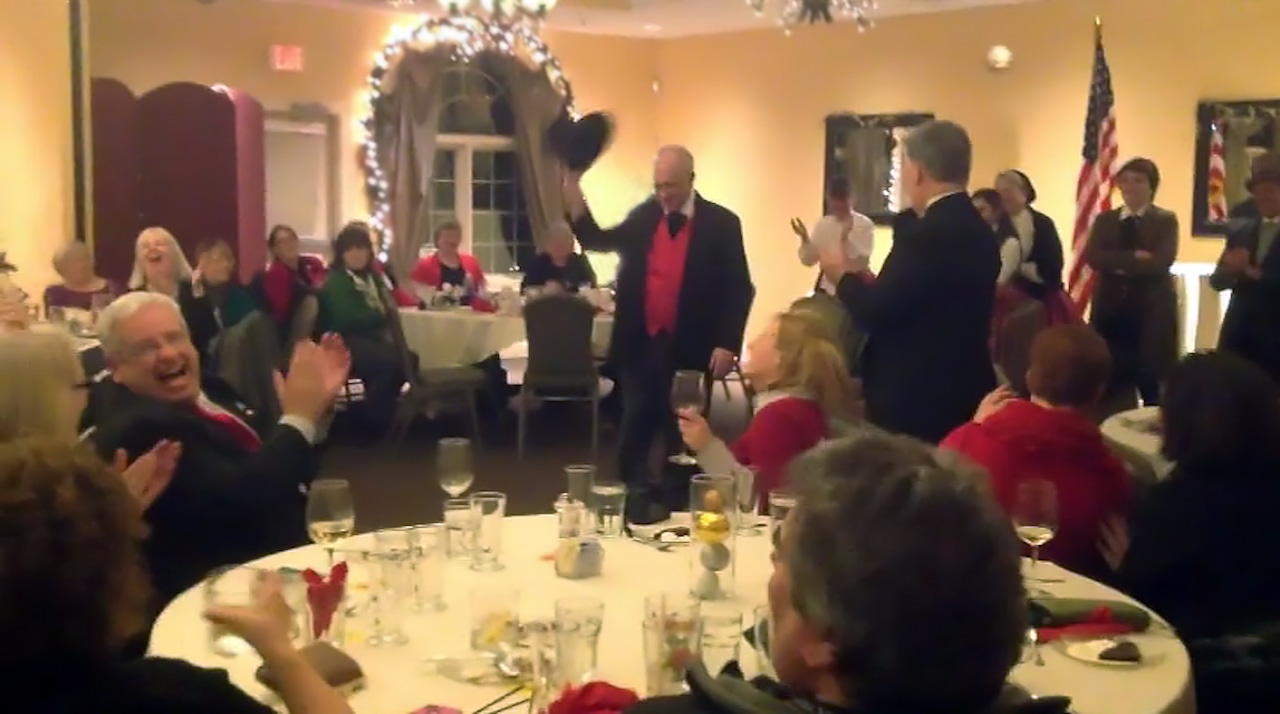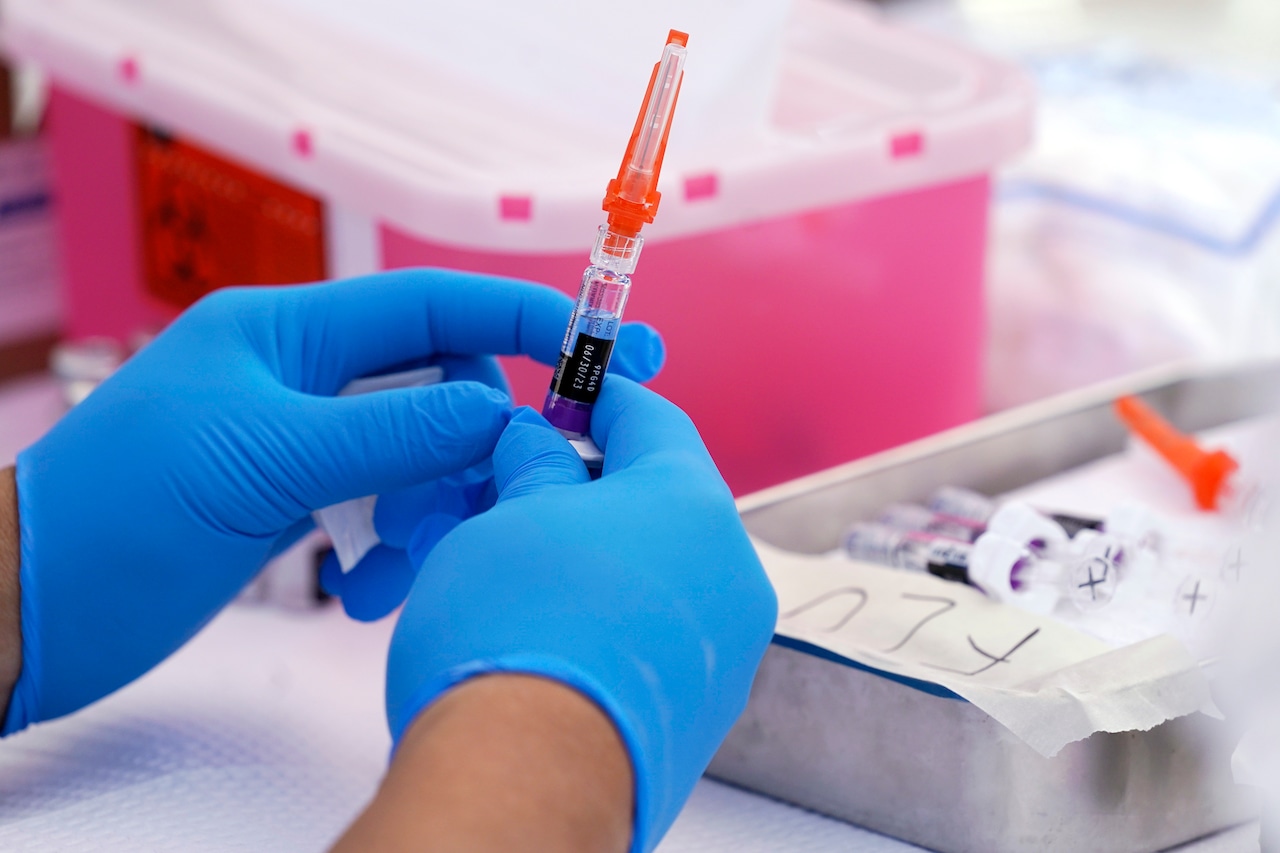
Jury deliberations will continue into a fourth day in the trial of Karen Read, a Mansfield woman charged in the death of her Boston police officer boyfriend, John O’Keefe.
Jurors have deliberated about 14 hours since closing arguments on Tuesday, in a process that is often driven by the various personalities on the jury, according to a professor of law and criminal justice at Northeastern University.
“Are there one or two dominant personalities? Is it a more collaborative group? And that’s sort of impossible to know until later,” law expert Daniel Medwed told MassLive on Thursday.
Supporters of Read have remained steadfast in their belief that the jury will acquit her of the three charges: second-degree murder, motor vehicle manslaughter while driving under the influence, and leaving the scene of a motor vehicle crash causing death.
With deliberations moving into day four, Medwed said it’s a sign that jurors are taking their jobs very seriously and that they’re looking at the evidence very closely.
“Another inference is it does suggest, I think, that there probably is some division or dissension within the jury,” Medwed said.
The disagreements could be over a single count, he said, and there could be one or more holdouts one way or the other. “If there was unanimity, they might come to a verdict a little more quickly, right?”
Jurors heard from more than 60 witnesses over the course of the last nearly nine weeks and have been presented with many photographs, texts, phone call logs and video.
With hours upon hours of witness testimony to weigh, it’ll be up to jurors to determine the credibility of each witness, Medwed said.
“The defense, of course, has raised a lot of questions about the nature of the investigation,” he said. “So witness credibility and evaluating, especially a lot of the prosecution witnesses, is presumably a big part of what they’re doing.”
Wading through all the forensic data — location data, surveillance videos, Apple Health data, the “hos long to die in cold” Google search — will be part of deliberations, Medwed said.
“For almost every piece of evidence, there was an expert and a counter-expert,” he said.
As a former defense attorney, Medwed said he found that the defense did a good job of creating reasonable doubt for the jury.
“When you add it all together, and you a look at this case objectively, it feels like there is some form of reasonable doubt about whether she did this,” Medwed said.
He added that it always struck him as odd that the first two counts presented “divergent theories” by the prosecution of what happened.
“The first count is about her intent to kill and the second count is that she was sort of drunk and reckless and hit him by mistake,” Medwed said. “I’ve sort of struggled to reconcile those two. The (prosecution’s) theory of the case didn’t always strike me as crystal clear.”
From the start of the trial, Read’s attorneys told the jury that she’s been “framed” and that others were responsible for O’Keefe’s death. Offering the jury an alternative to the prosecution’s theory of the case, Medwed said, became a strong argument for reasonable doubt.
“What’s tricky about reasonable doubt is that it’s a very lawyerly construct,” he said. “That’s not how we see the world, right? People want to hear the defendant’s story. They want to understand not just that there are gaps in the government case, but the government got it wrong.”
Medwed said that between the evidence about whether Read actually struck O’Keefe, the taillight evidence, the Apple Health data that her attorneys said placed O’Keefe inside the Canton house, his injuries (or lack of bruising and bone fractures) and the possibility of being attacked by a dog, the defense created a lot of reasonable doubt.
“Not just creating doubt about her involvement, but offering an alternative theory for the jury to grab onto,” Medwed said.
As for the chances of a hung jury, Medwed said they are “seldom seen.”
Judges give jurors instructions and can charge the jury to continue their deliberations to avoid a deadlock. He said that occasionally there are cases where jurors are wedded to their positions and there’s no way they will budge, especially in cases that generate strong feelings.
“It’s hard to speculate,” he said.
The personalities of the jurors are the biggest variable, he said.
“Are they collaborating? Is there kind of like an alpha who’s leading things? Do people feel like their voices are being heard equally? You just don’t know,” Medwed said.
He added, “Of course, I could be wrong, but the longer this plays out, probably the better it is for the defense. It suggests that there are some people who are doubtful now, whether that’s an acquittal of charges or just some charges, or a mistrial, I don’t know. But I would be surprised if the jury came back and convicted on all three, right?”






